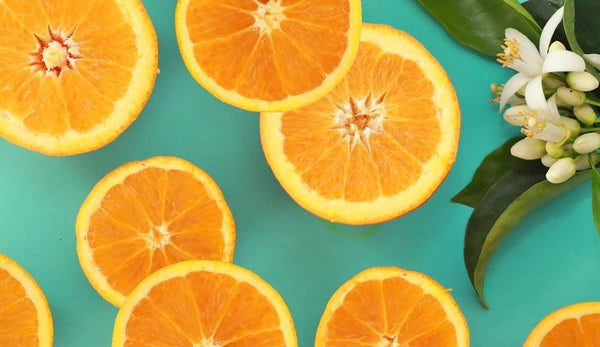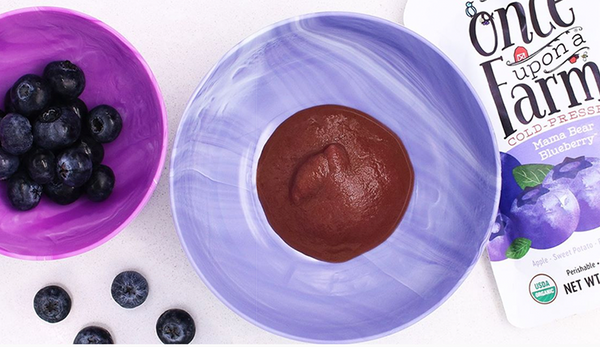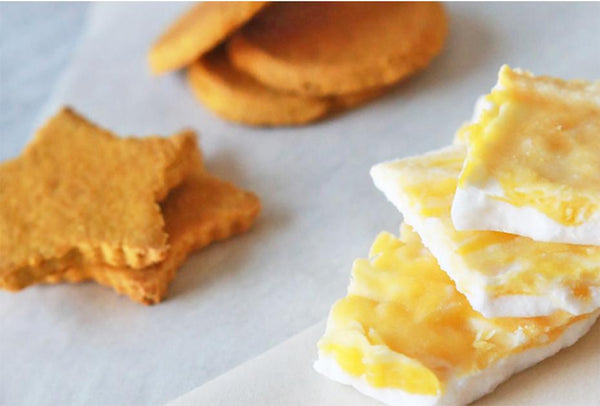5 Pointers for Proper Pouch Use by Jill Castle

Pouches are easy to use and give flexibility to parents, offering portable nutrition that’s in sync with the busy lifestyles many families have today. They also promote self-feeding and independence. All good stuff.
As baby food pouches become more popular, however, parents want to make sure they fit them into the overall goals for their child’s nutritional needs and developmental progress.
Starting solids is a very important phase and there are a few overarching goals to keep in mind:
-
Support your baby’s growth and development by supplying the nutrition he needs, especially for critical nutrients like iron, DHA and vitamin D.
-
Advance your little one along with feeding skills. By a year of age, your baby should be self-feeding with utensils (and his hands), drinking out of a cup and eating a wide variety of flavors and textures.
-
Setting up healthy eating habits.
To this end, I’ve got a few pointers for using baby food pouches so your baby becomes the healthy, self-feeder they were meant to be!
5 Tips for Parents Who Give Their Little Ones Baby Food Pouches
1. Incorporate the Spoon
The original intent when baby food pouches came out on the market was to use them with a spoon. Parents could squeeze a bit of baby food onto the spoon and feed it to their infant. Today, the spoon is skipped and sucking from the pouch is the norm. This misses the opportunity to teach baby how to eat off a spoon and use his mouth muscles to manage, propel and chew food.All babies need diversified texture so they learn to chew, self-feed and advance their feeding skills. Babies who do not advance to more textured food by 9 months of age have been shown to have a greater likelihood of having feeding problems later.
Using a pouch won’t hurt your baby if you keep moving forward with feeding skills, such as introducing finger foods, offering the spoon, and encouraging self-feeding.
2. Mix in More Texture
Add textured foods such as chopped and cooked veggies, rice, noodles or shredded meats in a bowl with baby food from pouches to increase the texture experience. These varied textures will stimulate your baby’s sensory system and train his mouth muscles to handle a wide range of food textures.3. Monitor Your Baby During Feeding
No matter what, when, or how you feed your baby, he or she needs to be monitored to watch for choking and to continue to enhance the parent-child connection and bond.4. Start Finger Foods Between Six and Eight Months
We loved the convenience of the pouch, but it's still important to introduce finger foods. Between six and eight months, babies develop their hand grasp and can hold a finger-shaped, or long, thin rectangle of soft food, such as buttered toast, soft cooked vegetables like sweet potato, or ripe fruit like banana or avocado. By eight months, the pincer grasp emerges, and your baby can pick up small bits of food with his thumb and forefinger. At this stage, introduce finer foods like strips and small cubes of soft food to your baby’s meal routine. Use this opportunity to introduce singular veggies and fruits so your baby can appreciate the flavor and texture of these foods.
5. Always Sit to Eat
This is good advice for any child at any age (even adults), but especially for the new eater who is learning to handle food. Sitting for meals and snacks helps children pay attention to their food and eating, learn to eat mindfully, and stop eating when full. - Written by Jill Castle, MS, RDN
Jill Castle is a registered dietitian and childhood nutrition expert who helps families navigate the ins and outs of feeding children from high chair to high school. She is the author of The Smart Mom’s Guide to Starting Solids, and the co-author of Fearless Feeding: How to Raise Healthy Eaters from High Chair to High School as well as many other resources for parents, including online trainings. You can find Jill’s blog, podcast and other resources on her website, http://www.jillcastle.com/.
Read More

Immune Boosting Foods
As many of us are spending more time at home...

Using Purees for Baby-Led Weaning
We’re so excited to partner with Whole Mamas for an...

Homemade Teething Biscuits & Frozen Yogurt Bites
Teething Biscuits Ingredients 2 cups of thick rolled oats 1...
